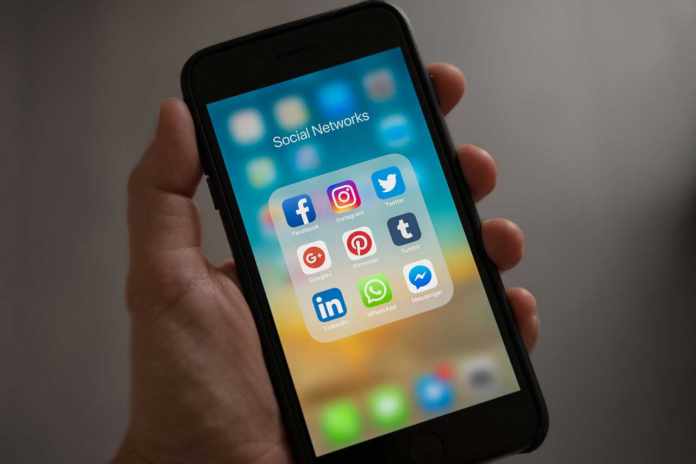Live streaming is fast becoming a preferred way for brands and individuals to market themselves online. It offers audiences an authentic, honest and intimate form of media due to the real-time nature and completely unedited snapshot of a brand or person. There are many social Live streaming features and pros and cons which needs to be taken care off.
As live video has grown over the years, it has now become a prominent feature offered by all main social media platforms, such as Facebook Live, Instagram Live, Twitter’s Periscope and much more. Businesses can go live to their audiences at the click of a button, all you really need is a smartphone and an internet connection.
Before you dive straight into the world of live streaming though, it’s important to weigh up your options and make sure that you’re using the right platform for your brand. While social media is great for those that want to live stream on a budget, those that plan to live stream on a regular basis to their audience may want to consider a more professional and reliable live streaming platform like Zidivo.
Social Live Streaming Features

Pros
- Brand awareness
Social media is where most people spend the majority of their time online, whether we are just endlessly scrolling, communicating with friends or sharing our own content, making it a great place to find and build an audience for your live videos. You can go live to your existing followers who will get a notification when you do so, but also reach a wider and larger audience through other people sharing your videos and live content is far easier to find than pre-recorded videos. Because of this, you can use social media live features to increase your brand awareness and get yourself out there to more people far easier than you can by posting a live video on your website, as people will come across your video naturally rather than you having to promote it for people to tune in.
- Engagement
Live content naturally receives more engagement than pre-recorded videos as people feel more connected to what’s going on and have the opportunity to have their queries answered in real-time. On top of this, some social platforms allow you to go live for as long as 24 hours so there is plenty of time for viewers to share your content on their own feeds and your audience to grow over time.
- Cheap and efficient
Live streaming on social media is mostly free, making it a highly cheap and efficient marketing tool to benefit from. Whether you’re an established brand or an individual that is looking to build a name for yourself, you can go live with as little as a smartphone and an internet connection and still end up having a hugely successful stream.
- Repurposing opportunities
Once you’ve stopped your live stream, it doesn’t end there either. Your live videos will still be available to your audience to watch at a later date or time and share with their connections so you can still be reaping the benefits in terms of brand awareness even a week after you went live!
You can use the recorded versions of your streams for repurposing, such as on your site, in emails and more to make sure you are seeing as much benefit as possible from your content, providing it doesn’t go out of date or lose relevancy.
Also See: Best Live TV App For Android
Cons
- Technical issues
When going live on social media, you are at the complete mercy of the platform you use. This means that if the platform is to crash or any errors crop up, there’s not much you can do to fix it and you can end up losing your entire audience. There are all kinds of issues that can occur such as lagging, blurriness, warped sound and more, making it impossible to be 100% certain that you can offer your audience a professional and consistent live stream like you can with professional live streaming platforms.
- Lose your rights to your content
As you go live through social media, you are handing over the rights to your content. Legally, social platforms have the right to publish, remove or even reuse your content without your consent. With professional platforms, you get to maintain all the rights, meaning you can take the reigns and even add privacy settings to make sure only people in a certain area can tune in and engage with you.
- Censorship
Finally, Facebook and other platforms now have strict censorship rules in place, using a combination of human and software reviewers to make sure no one publishes content that is sensitive, violent or potentially harmful. While these restrictions are important, it means your videos are at risk of being taken down without your control and you likely won’t even be given a reason for it. It’s important to keep this risk in mind when deciding whether to use social media or opt for a professional platform that gives you complete creative freedom and protects your content from being reported by trolls or wrongly flagged up.

